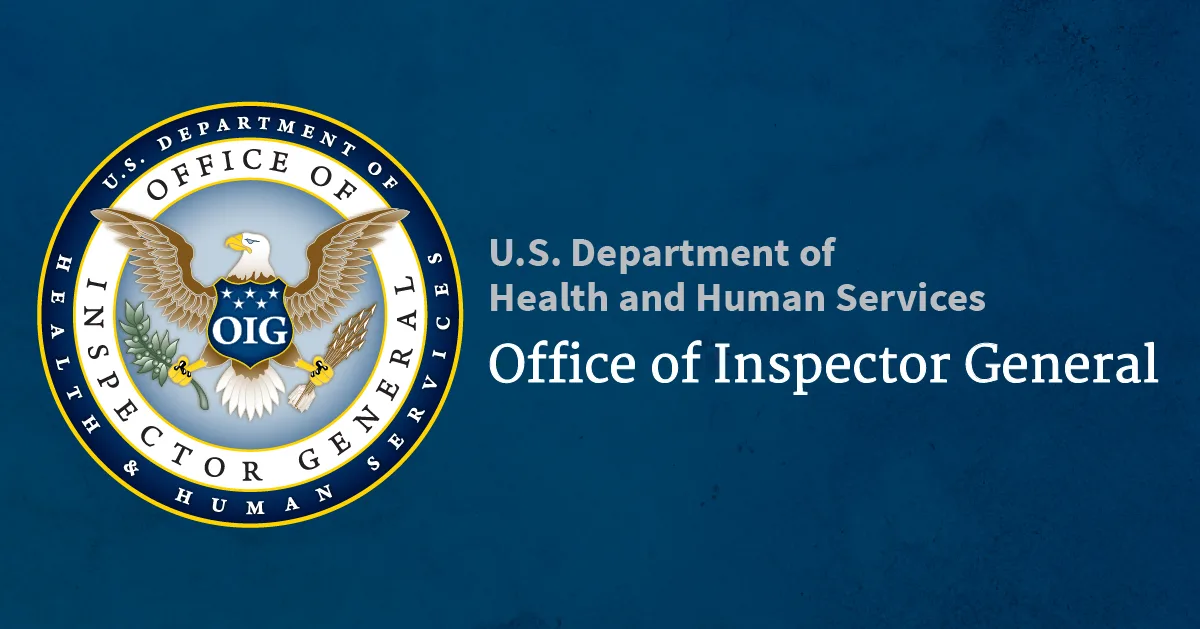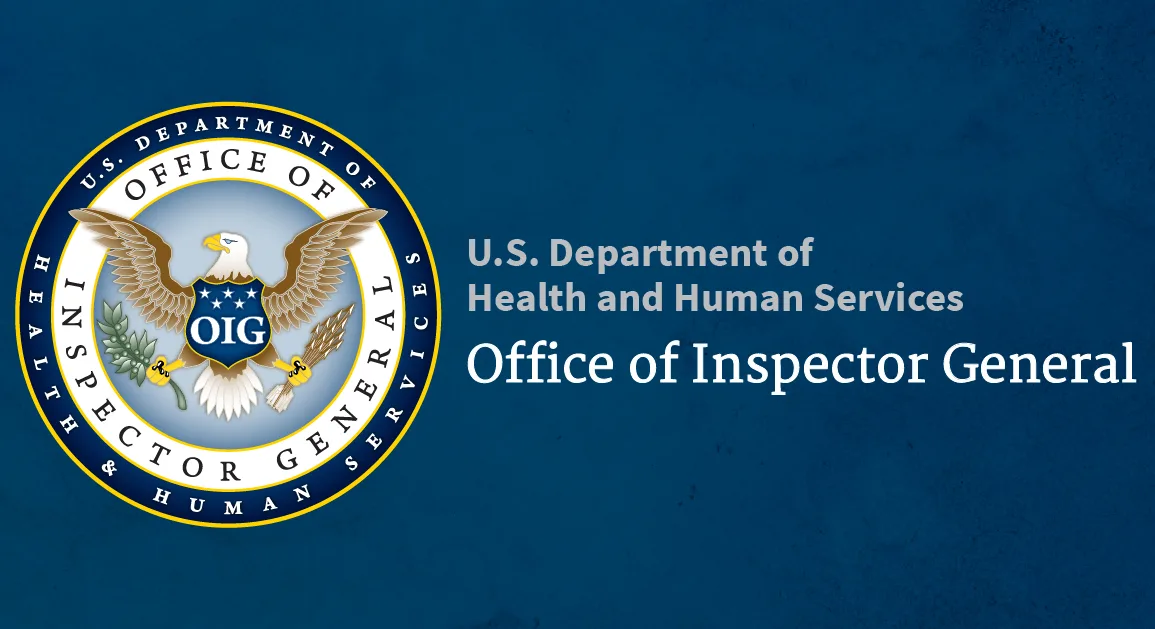
KEY TAKEAWAY
Among Medicare home health patients hospitalized for falls with major injury, over half of the falls were not reported on patient assessments by home health agencies (HHAs) as required. These patient assessments are used by the Centers for Medicare & Medicaid Services (CMS) to monitor and provide public information about home health care quality. Due to this high rate of non reporting, Care Compare may not provide accurate information about the incidence of these falls.
WHY WE DID THIS STUDY
Starting in 2019, HHAs were required to report that their patients experienced falls with major injury in patient Outcome and Assessment Information Set (OASIS) assessments. CMS uses this HHA-reported information to calculate major injury fall rates at the agency level. Beginning in 2022, CMS included these fall rates as one of the Care Compare website’s quality measures, which provide consumers with information about HHA performance. The Office of Inspector General (OIG) and others have found problems with using provider-reported information to assess quality in the past. We conducted this study to determine the extent of falls reporting by HHAs and implications for the accuracy of the falls information on Care Compare.
HOW WE DID THIS STUDY
We identified falls with major injury in Medicare hospital claims for home health patients. Whenever their patients are hospitalized, HHAs must submit an OASIS assessment. We checked whether the falls were reported in those OASIS assessments as required. We calculated non-reporting rates for these falls. We also examined whether reporting rates differed by patient or HHA characteristics, including whether HHAs had low fall rates on Care Compare.
WHAT WE FOUND
Fifty-five percent of falls we identified in Medicare claims were not reported in associated OASIS assessments as required. Falls reporting on OASIS assessments was worse among younger home health patients (compared to older patients) and patients who identified as Black, Hispanic, or Asian (compared to White). Reporting was also lower among for profit HHAs as compared to nonprofit and government-owned agencies. Notably, HHAs with the lowest Care Compare major injury fall rates reported falls less often than HHAs with higher Care Compare fall rates, indicating that Care Compare does not provide the public with accurate information about how often home health patients fell. Finally, for many Medicare home health patients who fell and were hospitalized, there was no OASIS assessment at all associated with the hospitalization, which raises additional concerns about potential noncompliance with data submission requirements and its impact on the accuracy of information about falls with major injury on Care Compare.
WHAT WE RECOMMEND
We recommend that CMS (1) take steps to ensure the completeness and accuracy of the HHA reported OASIS data used to calculate the falls with major injury quality measure; (2) use data sources, in addition to OASIS assessments, to improve the accuracy of the quality measure related to falls with major injury; (3) ensure that HHAs submit required OASIS assessments when their patients are hospitalized; and (4) explore whether improvements to the quality measure related to falls can also be used to improve the accuracy of other home health measures. CMS concurred with all four recommendations.


